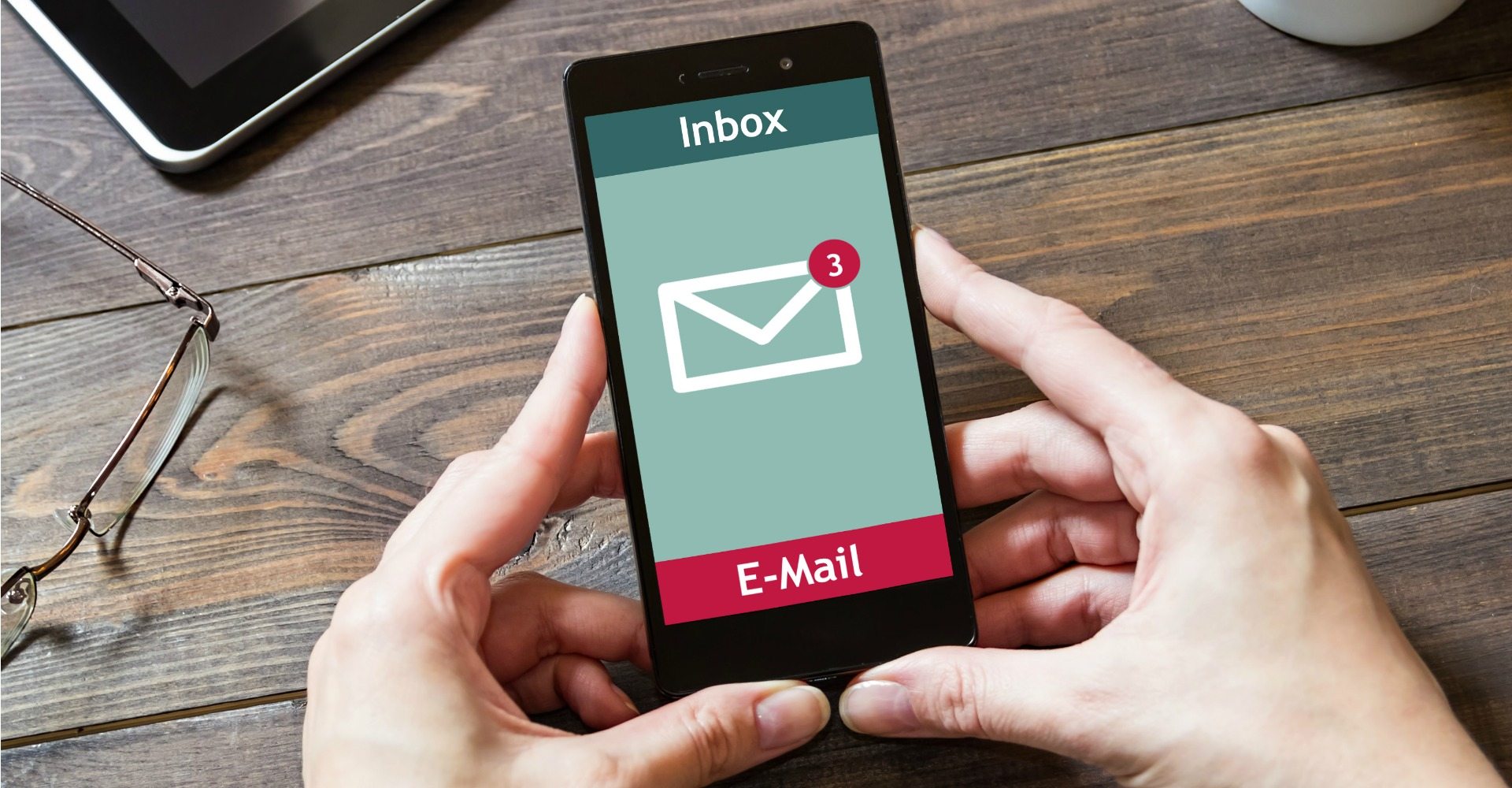If you’re new to the world of online marketing, you might not know much about email marketing and what to do with your contact lists. However, in the sphere of email marketing, segmenting email lists is a big deal. Research has shown that up to 77% of email marketing ROI can come from segmented, targeted and automated email campaigns sent by a business. Why does segmenting lists make such a huge difference? Segmenting lists provide the right email to the right customer at the right time. The incredible value it can add to your online marketing success is what makes segmenting lists so important. If you don’t send appealing emails to your contacts, they’re more likely to lose interest in what you have to offer and unsubscribe.
But what are the critical factors that underlie proper email list segmentation, and how should you do it?
Sales Funnel Position
Looking at the sales funnel to segment your email contacts can ensure leads get the right information when they need it, nurturing them to a sale. At the top of the sales funnel, customers are just beginning to understand that they have a problem, but they aren’t too sure what that problem is. Those readers require more general and engaging information. In the middle of the sales funnel, customers are in the Consideration stage and weighing the different solutions to their problem. At the bottom of the sales funnel, customers are ready to commit and purchase, and your content needs to close the deal. Segmenting email lists according to the sales funnel is effective at targeting a lead’s mindset wherever they are in the buyer’s journey, and gently nurturing them into a long-term customer.
Current Customers
Your current customers are of high value to you, and it’s important to treat them as such. Segmenting existing customers into a separate email list helps to target them with high-level content that already assumes their knowledge of your product and business. This allows you to send them personalized emails and tailored offers that will continue to nurture a lasting relationship, ensuring they choose to work with you again and again.
Content Offer Interest
If a customer has shown interest in a specific product or service that you offer, you want to continue to nurture this interest by sending them more relevant content. By segmenting into “Interest” lists, you can identify leads that expressed interest in a particular offer you made, whether it was filling out a form or subscribing to your mailing list. An excellent example of this would be a home remodel company sending follow up emails with special offers regarding remodel contracting for leads who had downloaded a free remodeling eBook from their website. This ensures emails are relevant to the interests and priorities of your customers.
Buyer Persona
When a lead comes in, they usually provide you with some basic information, such as job title, age, gender, industry, geography, content interests and even website browsing behavior. With this information, you can develop a buyer persona that helps you identify the priorities and interests this lead has. With this information, you can send targeted, specific and attention-grabbing emails to each unique persona, with personalized information that’s sure to appeal to them.
Learn How to Develop your Home Remodeling Buyer Persona!
Subscriptions
If a lead has subscribed to a specific mailing list or indicated their areas of interest at sign-up, this makes email segmentation even easier. Leads receive the type of information they want, and because the information is targeted and valuable, they are less likely to unsubscribe.
If you’re not segmenting your email lists, you could be missing out on massive returns for your business. Increase the value of your online marketing by sending the right content to the right person, at the right time and improve your ROI!







![What is Email Automation and Why is it Important? [FAQ] What is Email Automation and Why is it Important](https://www.blog.leadsngin.com/wp-content/uploads/2017/12/What-is-Email-Automation-and-Why-is-it-Important-150x150.jpg)
![What Exactly Does Hubspot Do? [FAQ] What exactly does Hubspot do?](https://www.blog.leadsngin.com/wp-content/uploads/2017/12/What-Exactly-Does-Hubspot-Do-150x150.jpg)


